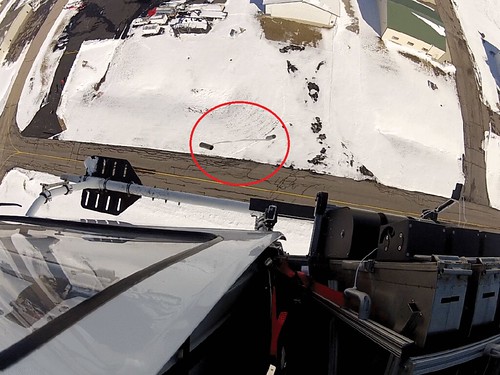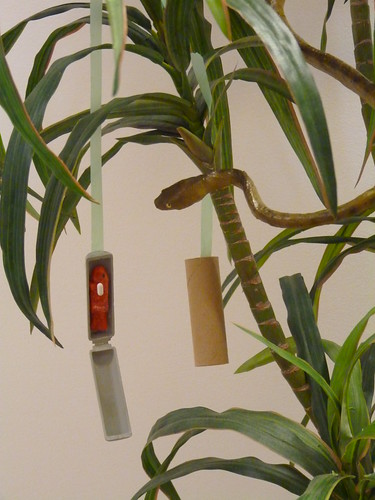
John Eisemann spends much of his time on the phone or in meetings talking to USDA National Wildlife Research Center (NWRC, Center) partners and stakeholders. As the Technology Transfer Program Manager for the Center, John works with private companies, international groups, and non-governmental organizations to encourage the development and licensing of new wildlife damage management products.
The Federal Technology Transfer Act of 1986 changed how Federal Government research and development entities, like NWRC, do business. The Act allows Federal laboratories and industry to form commercial partnerships that enhance the development of new technologies and move them to the marketplace to meet public and consumer needs.John and the Center’s most recent technology transfer success will be highlighted at the Federal Laboratory Consortium’s (FLC) 2015 national meeting in Denver, Colorado. On April 29, John and former NWRC research colleagues Drs. Pete Savarie (retired) and William Pitt (currently at Smithsonian Conservation Biology Institute) will receive the FLC 2015 Award for Excellence in Technology Transfer. The team is being recognized for their partnership with Applied Design Corporation (ADC)— a private engineering and design firm in Boulder, Colorado— to develop a system for the aerial distribution of toxicant baits to invasive brown treesnakes (BTS) in remote and inaccessible areas on Guam. Three patents are being pursued as a result of this collaboration and ADC plans to commercialize the technology for use in other wildlife damage management applications world-wide.
“The development of a biodegradable bait delivery device and automated aerial bait delivery system is the culmination of decades of brown treesnake research by NWRC scientists in combination with the engineering and design expertise of Applied Design Corporation,” states Eisemann. “This successful collaboration highlights how challenging wildlife issues can be addressed in the most cost-effective and environmentally-safe manner while also encouraging small business development and entrepreneurial opportunities.”
The NWRC is the research arm of the USDA-APHIS Wildlife Services program. Its scientists help to resolve human-wildlife conflicts through the development of new wildlife damage management tools and techniques, such as repellents, vaccines, wildlife contraceptives, scare devices, traps, surveillance methods, baits, attractants, and toxicants. To learn more, please visit the NWRC and Wildlife Services websites.


